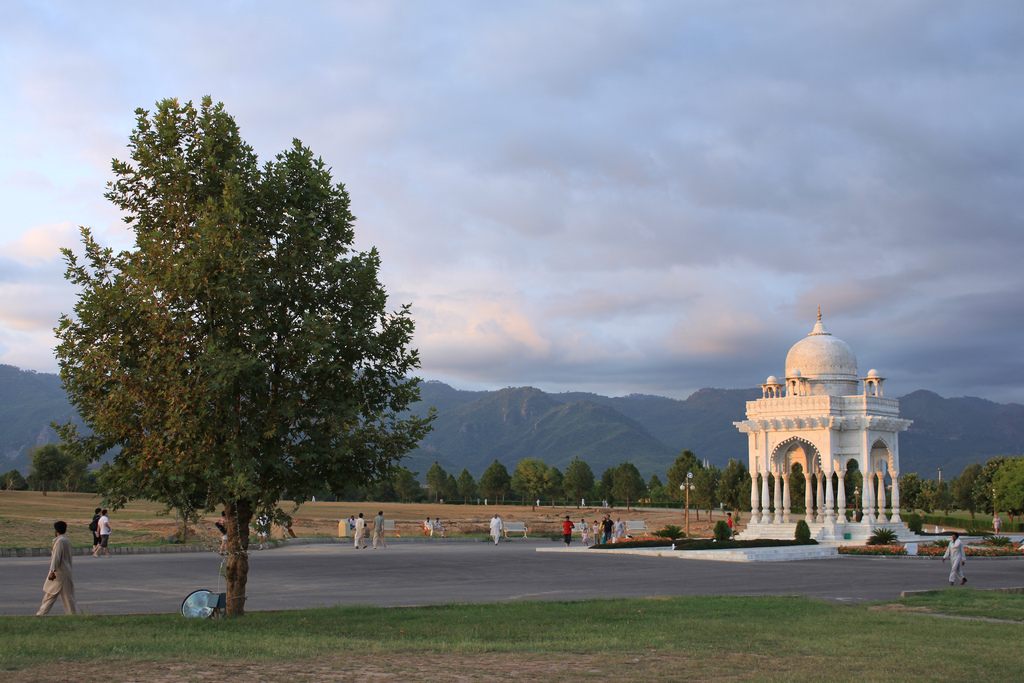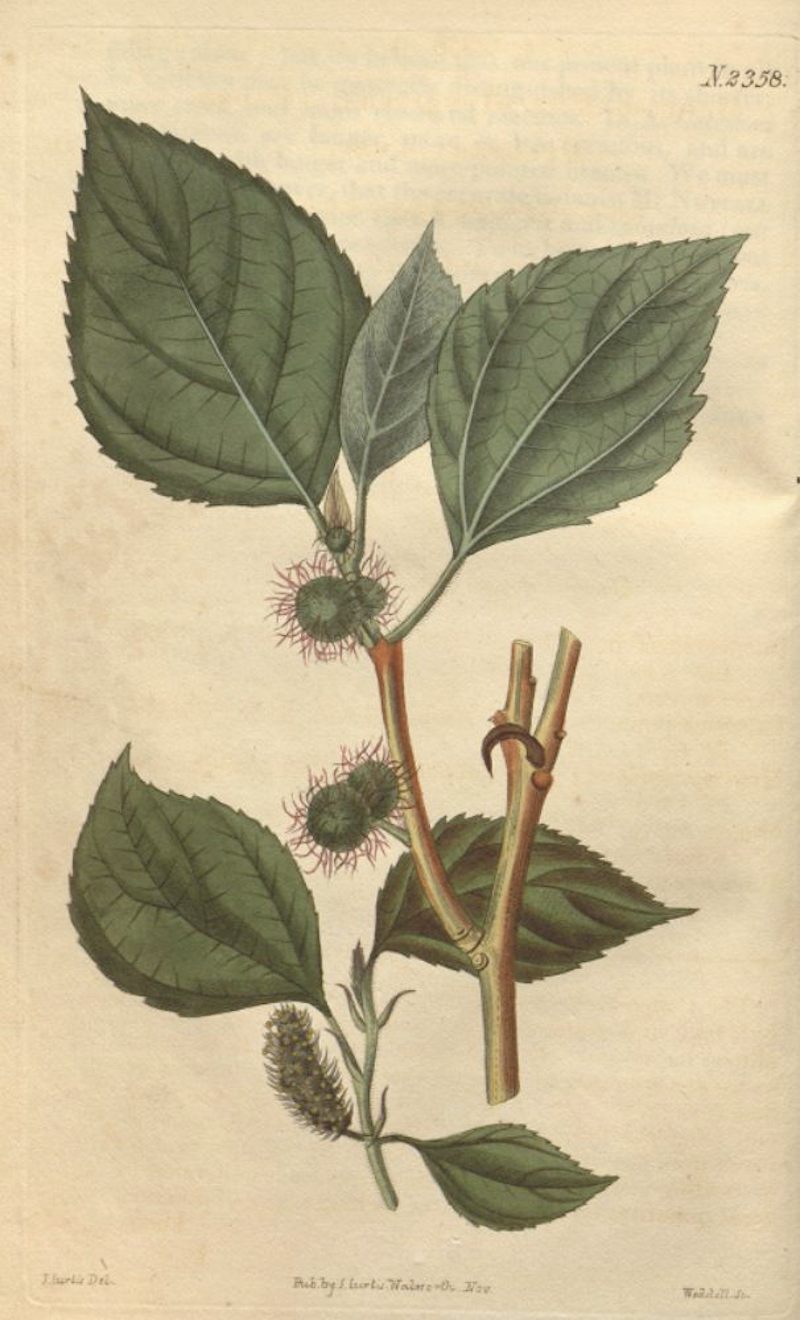Islamabad: Allergy Capital of the World

Islamabad. Not pictured: runny noses, teary eyes of locals. (Photo: Ahmed Sajjad Zaidi/Flickr)
Springtime can mean many things, but for allergy sufferers, it’s the season of sneezing and some cities are definitely worse than others. In the United States, it’s Southern locations—Louisville, Memphis, Oklahoma City and Jackson, Mississippi—where, according to the Asthma and Allergy Foundation, the most innocent-looking of normal trees dump the most pollen into the air and thence into the noses, eyes, and respiratory system of unsuspecting human beings.
But American cities have nothing on Islamabad, which is not just the capital of Pakistan but reputedly “the allergy capital of the world.”
In Islamabad, the spring pollen season is so terrible that people simply try to leave the city, if they can. If they can’t, they try to stay inside. One woman told Saad Khan, a freelance reporter in the city, that she has to sleep upright in her chair, because otherwise she stops breathing.
A high pollen count is measured in the thousands of grains per cubic meter of air—records in the U.S. tend to be below 10,000. In Islamabad, the record is closer to 45,000. And there’s just one type of tree that’s primarily responsible for this outpour—one that the city’s planner introduced, on purpose, to Islamabad: the paper mulberry.
Islamabad is one of those mid–20th century cities that was planned essentially from scratch. After Ayub Khan staged a military coup and took power in Pakistan in 1958, the new government decided to create a metropolis that would be “a capital city only, without a non-official civilian population located in it and pulling the central administration in different directions.” A Greek planner, Costantinos Doxiadis, was enlisted to design it, and a powerful development corporation created to build and manage it.
As the city was built up, through the 1960s, its creators were looking for a way to make it more pleasant, quickly. Part of the plan was to have extensive green areas, throughout, but in 1966, when the first government functionaries moved in, it was still dry and relatively tree-less. The development authority chose the paper mulberry, native to eastern Asia, as the tree that would seed the city. It was pretty enough, and, more importantly, it grew fast.
In the late 1960s, helicopters flew over Islamabad, scattering paper mulberry seeds across the city. The trees took. Not only that, over the next decade, they took over, outcompeting the native plant life.
In the 1990s, public health authorities in Pakistan starting investigating the source of the increasingly terrible allergies that plagued people in the city. And they hit upon a culprit: the paper mulberry. About 45 percent of allergic patients in this city were sensitive to the tree’s pollen, the Pakistan Medical Research Council found. (In some states in the U.S., it’s considered an invasive species.)
The paper mulberry trees are not the sole source of Islamabad’s sniffles—other sources of air pollution, like dust and smoke, could be partially to blame. But the trees have a bad enough reputation that, over the past decade or so, the development authority has intermittently made some efforts to tear them out. In 2009, a judge actually ordered the authority to have them all gone within three years. But tens of thousands of tree remain, and Islamabad is still full of miserable, sneezing people come spring—this past March, the pollen count hit 35,000.

Paper mulberry—it looks so innocent. (Image: Curtis’ Botanical Magazine)









Follow us on Twitter to get the latest on the world's hidden wonders.
Like us on Facebook to get the latest on the world's hidden wonders.
Follow us on Twitter Like us on Facebook